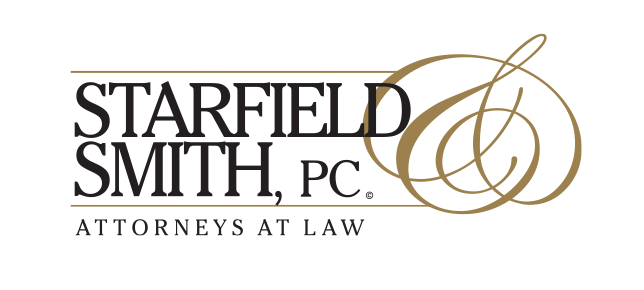Under the SOP 50 57 3, SBA has added a new provision that alters the perspective under which SBA will review a lender’s actions. This revised language states:
For the purposes of determining Lender compliance with SBA Loan Program Requirements, SBA will apply the requirements of SOP 50 10 and SOP 50 57 in effect at the time of SBA’s guaranty purchase review, unless these requirements result in a determination that is more restrictive upon the Lender than the SOP requirements in effect when the Lender action was taken.
Previously, SBA would only look at the SOP guidance in effect at the time when the lender’s action was taken. So determinations that occurred at origination were reviewed in the context of the SOP 50 10 in effect at the time of origination, rather than the current version.
While we haven’t seen this play out in a review yet, theoretically, this should be very helpful to lenders so that outdated standards no longer result in impairments to a guaranty when SBA has since changed the standards. For example, consider a fairly common issue related to the refinance of debt. Previously if a lender underwrote an SBA loan and did not see a need to take certain collateral that was taken on the loan being refinanced, the SBA lender was still required to take that collateral. Under SOP 50 10 6, the SBA lender could only opt to not take the collateral if the original loan was undercollateralized or if substitute collateral was taken. This added extra steps to what an SBA lender needed to review and forced the lender to base its loan structure on that of a different institution, rather than its own. Under the current rules, provided that the SBA lender takes collateral that meets the standard SBA requirements as well as its own, it doesn’t necessarily need to match that of the prior loan. If, for instance, the original lender required a lien on secondary real estate owned by a supplemental guarantor, but the SBA lender’s credit policy would not require such a lien, there should be no impairment for failure to take a lien on the secondary real estate. Now, in guaranty purchase, this rule should be applied in the same way, regardless of whether the loan was made under SOP 50 10 7 or any prior version of the SOP 50 10.
Things may get complicated when the new standards are less restrictive, but couldn’t be strictly applied under prior SOPs. For example, under SOP 50 10 7, a lender is no longer required to submit a USCIS Form G-845 to verify non-citizen status. Instead, the applicant must certify as to the non-citizen status and the lender must check the non-citizen’s I-551 form (“green card”). In guaranty purchase, if a lender who closed a loan under a prior SOP 50 10 did not submit a USCIS Form G-845, will the guaranty be impaired by missing a standard that no longer exists? What if the lender has a copy of the I-551 form but did not obtain a certification of status (because that requirement did not exist)?
We will continue to monitor how SBA applies this new standard for review as it adjusts to the updates in the 50 57 3 and 50 10 7. In the meantime, we encourage lenders to clearly document their files when taking actions that differ from determinations that would have been made under prior versions of the SOPs.
For more information on SOP 50 57 3, contact Jessica Conn at jconn@starfieldsmith.com or 215-542-7070.




Comments are closed.